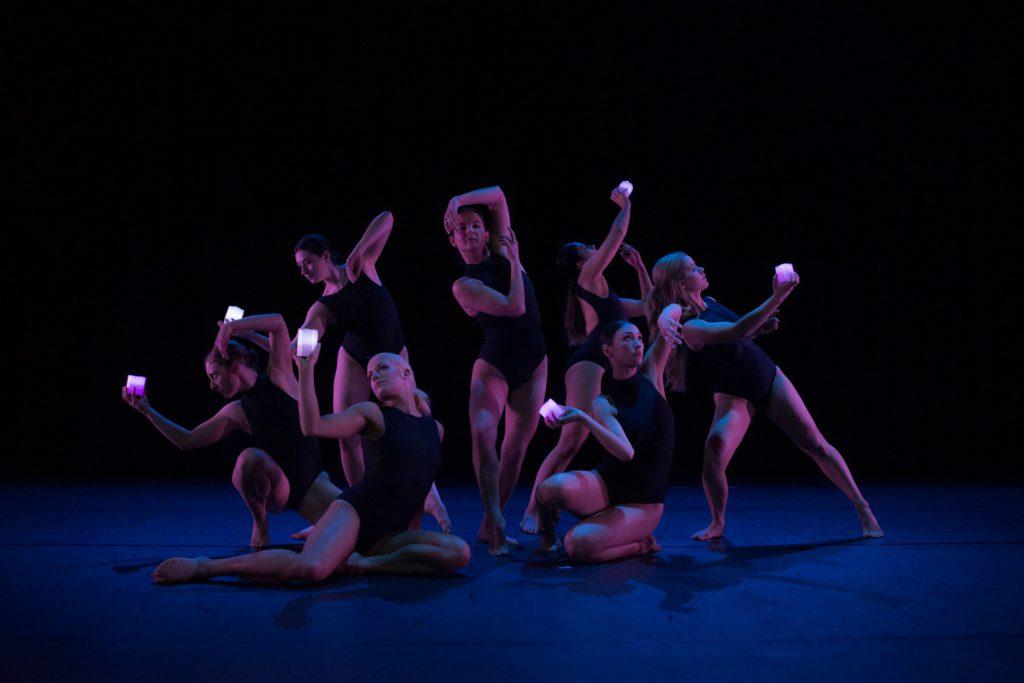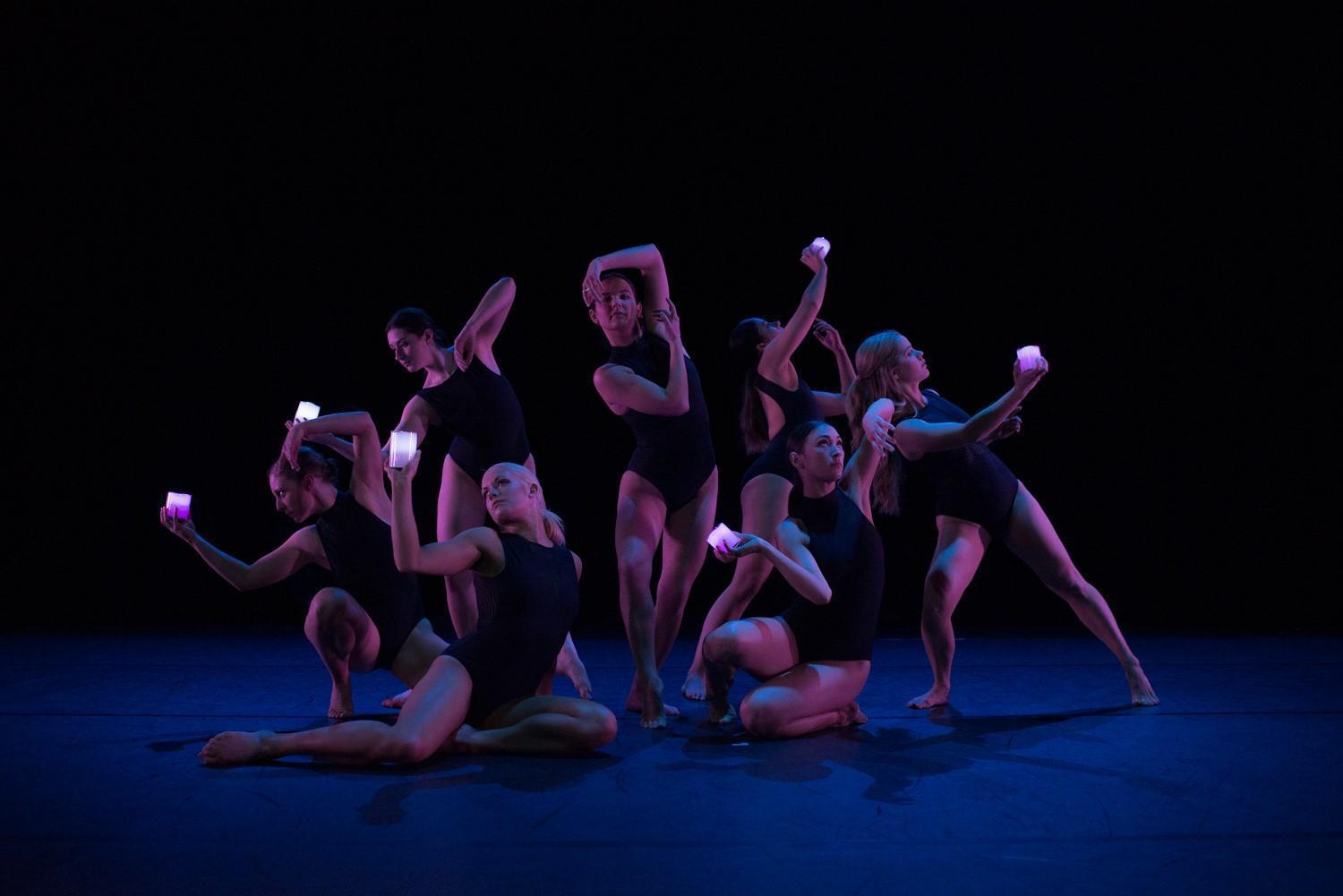To achieve the goals outlined in the Creative State strategy, the Victorian government must take a coordinated, whole-of-government approach to investing in the creative industries. Dance, in particular, plays a vital role within this ecosystem, contributing not only to cultural storytelling but also to health, wellbeing, and community engagement.
Dance is a highly diverse art form and one of the most popular forms of physical recreation in Victoria. Our world-class dance companies and educational institutions attract talent and audiences, supporting major events, corporate functions, and community gatherings. Beyond entertainment, dance fosters physical, mental, and social benefits through community hubs, cultural centers, and studios, which support both recreational and professional development.
Key challenges, such as limited access to affordable spaces, shifts in audience engagement, rising costs, and precarious employment, need to be addressed to ensure the growth and sustainability of Victoria’s dance sector.
Information for This Submission
Our Creative State discussion paper submission was informed by sector consultation and feedback from our members and partners including:
- The Victorian Dance Census 2023, with responses from 570 individuals and organisation involved in the dance sector
- 23 online survey responses and a focus group with 8 individuals, focused on key Creative State discussion areas
- Conversations with independent artists and organisation members
- Feedback and input from the Ausdance VIC board, made up of eight industry professionals
- Ausplay Dancing (Recreational) State of Play Report – 2019
- Ausplay National Sport and Physical Activity Participation Report – October 2023

Ausdance VIC is calling for the Victorian Government to develop a strategy in support of five key areas:
Support Independent Dance Artists: Recognise that independent artists often work in studios, schools, and community organisations. Ensure fair and consistent compensation in line with other disciplines, offer tax incentives, and simplify regulatory requirements and tax-free thresholds for those working multiple jobs. Invest in diverse festivals and presentation opportunities that reflect the breadth of artist practice and audience interest to improve career opportunities and engagement.
Strengthen Dance Education and Training: Acknowledge the vital role of dance education within Victoria’s dance ecosystem. Dance studios and tertiary training institutions are key pathways into both recreational and professional dance, feeding into the broader creative industries. Support these organisations through regulatory assistance, infrastructure improvements to enhance workplace safety, and access to business and leadership development grants.
Invest in First Nations Dance: Provide targeted funding to engage and support First Nations artists and arts workers in building sustainable dance careers. This includes paid internships, mentorship programs, and improving cultural safety through organisational cultural competency training. Foster collaboration with community leaders to ensure authenticity and effective outreach, promoting diverse perspectives that enrich the industry.
Foster Innovation and Creativity: Increase access to affordable and safe rehearsal and performance spaces for artists, companies, and community groups. Support studio revenue growth by subsidising rental fees. Encourage cross-industry partnerships with sectors like technology, education, and tourism to reach wider audiences and drive innovation.
Diversify Funding Sources: Broaden funding opportunities to include cultural dance organisations and events that uplift BIPOC artists and promote innovative dance practices. Recognise dance as a valuable form of physical recreation, leadership development, and community building. Offer grants for cross-sector collaborations that promote multidisciplinary projects and engage more diverse audiences.
Our Creative State submission focused on four discussion themes.
The following is a summary of our recommendations specific to each theme.
Discussion Theme One: Home Grown, World Class
There are four key sectors that are essential to maintaining a thriving dance ecosystem that produces “Home Grown, World Class” artists.
Our Recommendations:
- Dance Studios and Tertiary Training Institutions provide critical pathways into the creative industries but face rising costs and limited space. They need increased small business assistance, regulatory assistance, and access to safe working spaces and infrastructure upgrades.
- Community and Not-for-Profit Dance Organisations offer inclusive spaces for cultural and recreational dance, engaging diverse communities. They need diversified funding opportunities that go beyond project-based support.
- Schools, Early Childhood Centres, and Aged Care Facilities need greater support to incorporate dance into their programs, including training, resources and connections with community groups
- First Nations Artists require increased support through paid internships and mentorships to establish and to sustain their creative careers. Organisations need funding support to increase collaboration with community leaders and undertake training to enhance cultural competency and embed cultural safety in everyday practice.
Discussion Theme Two: Creativity Society for All Victorians
To ensure that all Victorians have access to quality opportunities to engage in dance, we need to support the small to medium businesses who are providing these opportunities.
Our Recommendations:
- Seed Funding: Provide grants for cross-sector collaborations to encourage multidisciplinary projects and reach broader audiences.
- Support Access to Dance: Support small to medium businesses providing dance opportunities through skills development, regulator assistance and infrastructure grants.
- Broaden Sport Funding: Include dance as a valid form of physical recreation, leadership, and community capacity building.
- Invest in and Support Diverse Communities: Provide training and capacity-building projects in urban and regional areas and invest in festivals that reflect the breadth of artist practice and audience interest to improve career opportunities and engagement.
- First Nations Investment: Provide funding for First Nations Victorians to engage in dance and create career pathways through internships and mentorships. Support partnerships between organisations and First Nations artists to share cultural knowledge.
Discussion Theme Three: Innovation and Creativity
Creating the right environment for innovation and creativity is essential for thriving creative organisations and businesses.
Our Recommendations:
- Studio Space Vouchers: Implement a government subsidised voucher system to reduce rental fees for artists, community groups and dance companies needing space to create, rehearse and perform in, and match them to studios with availability.
- Engage CALD Communities: Increase collaborate with community leaders for authenticity and effective outreach and ensure there are diverse perspectives in creative output to enrich the industry.
- Cross-Industry Collaborations: Encourage partnerships across industries like technology, education, and tourism to reach broader audiences.
- Access and Inclusion Budgets: Allocation of budget for access and inclusion in funded service organisation and project grants.
Discussion Theme Four: Sustainable Creative Careers
To ensure sustainable creative careers, it is crucial to provide safe environments and supported career pathways.
Our Recommendations:
- Continue Safe Dance Initiatives: Support and promote Ausdance Safe Dance ® practices through resource development and professional development to improve working conditions, teaching methodologies and dancer health and wellbeing.
- Training and Mentorship: Provide essential leadership skills development workshops, mentorship programs, bursaries, scholarships and training to support sector development, both artistic and leadership.
- Government Support for Artists: Consider programs where artists are employed by the government to work in various settings, such as MCing events or performing at sports functions.
- Cultural Competency Training: Enhance cultural competency across the industry through targeted training programs ensuring cultural safety embedded within the industry.
- Fair Remuneration: Ensure minimum wage and consistent pay across disciplines and recognise the role of independent artists in supporting a creative society for all Victorians.
Ausdance VIC will continue to engage in the Creative State development process and advocate for the dance sector.
